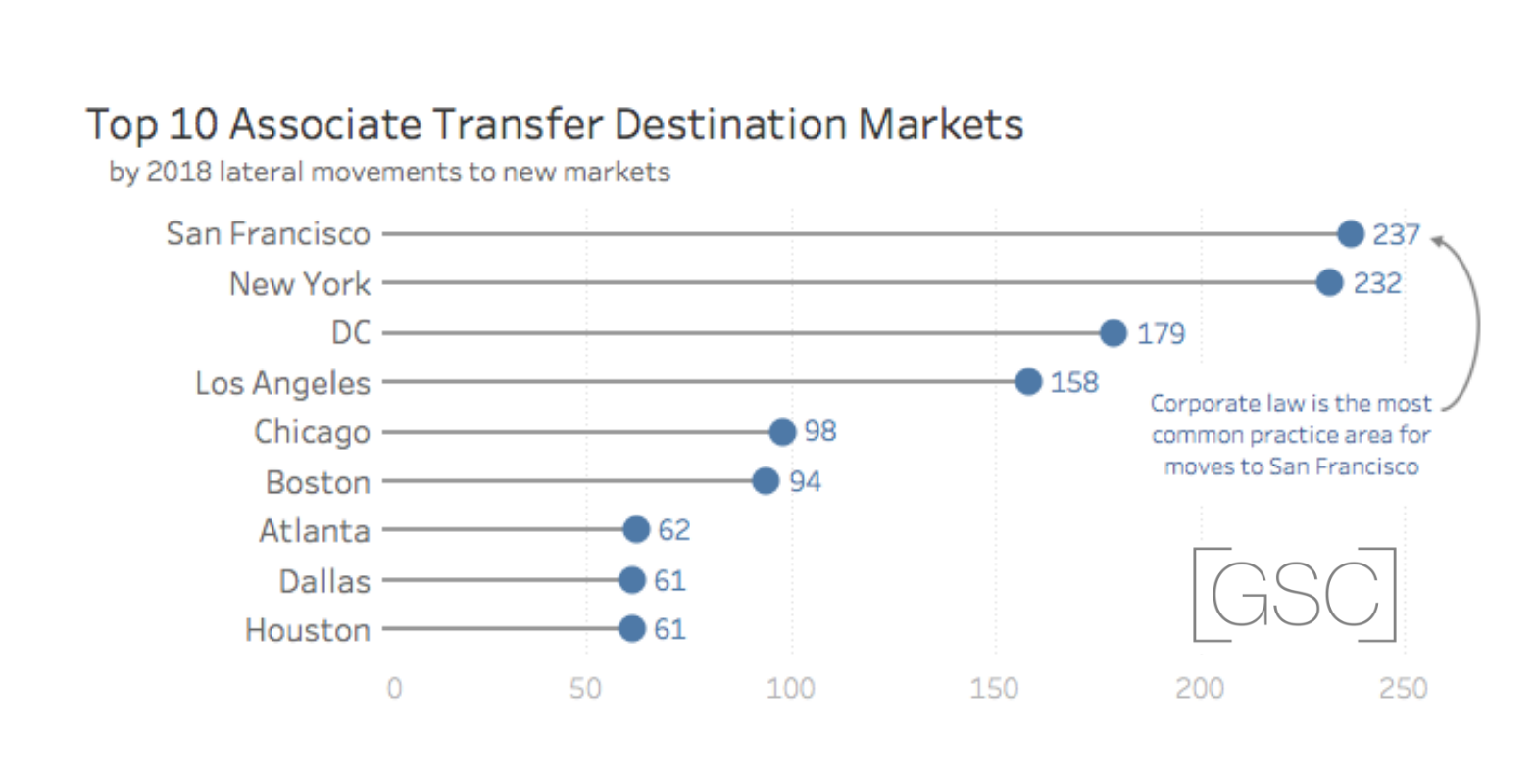Information is power.
This is especially the case when you are considering a lateral associate move to another large law firm. As I stated in a previous article, you always want to make sure that if you are making a lateral move, you are doing so with real purpose. You want to lateral to a new firm that will offer a real change and meets your short or long-term career goals. To this end, it is important to have good data and information about potential opportunities and new firm employers.
When I work with lateral associate candidates, I offer to create a detailed spreadsheet of opportunities that includes as much information and data as possible.
Below are important pieces of data that I share with candidates so they can make good decisions regarding applications and, hopefully, offers:
Details on the nature of the position. Information about the specific associate need is an important first piece of information. Is there are an actual position opening or would your recruiter be submitting to a firm "opportunistically"? How long has any position been open? Has it been open before? If so, how frequently? Has the group for this position been growing or shrinking? All of these questions are important for determining the urgency of the opening. In other words, will you miss a chance at a firm that hires infrequently if you don't act quickly or do you have some time to decide? This information also helps manage expectations in terms of how quickly a firm may get back to you regarding your candidacy.
Details on the practice group and need. A job description can tell you a lot about the qualifications and experience necessary for an open associate position, but it does not tell you the whole story. Extra data and information may be necessary to understand the strength of your match to the position and group. Are there are open positions in the group? What types of candidates have they hired recently? What are the experience profiles of other lateral associates in the group? All of this is information that a recruiter should be able to provide to you.
Salary and bonus information. In the last year, there has been so much movement and change in associate salary and bonus amounts. This information is not as lock step and consistent as it used to be. Your recruiter should be able to collate the most up-to-date data on both of these items so you have an understanding of what you might be losing (or gaining) in terms of compensation if you make a lateral move.
Demographics. How many women are in the group? How many persons of color are equity partners at the firm? What does the LGBTQ+ presence at the firm look like? These types of questions are rightly important to lots of associates looking to make a lateral move. They want to make sure there are advancement and mentorship opportunities that match their backgrounds. And of course, candidates also want to make sure they will feel a real sense of inclusion at their new firm employer.
Timeline to partnership. Many large law firms will now say there is no exact number of years that it will take to make partner. The process has become more complicated and extended with positions like counsel and non-equity partner used as possible stepping stones. This is where data can be very helpful. Who was made partner recently at the firm and how long did it take them? Did any of them lateral from another firm? If so, how many and when?
Specific transition opportunities to in-house and government. Many associates look to make a lateral move for the purpose of a stronger platform for in-house and government opportunities down the road. But what do these opportunities actually look like? Your recruiter should be able to pull information about specific in-house and government employers that have hired associates from a potential firm employer.
If there are other pieces of information or data that you need about a potential firm employer, ask your recruiter! Even if there is not a way to provide data upfront, they should still be able to give you an honest answer. It's your career and you're entitled to have the information you need to make a decision about an application to a new firm, let alone a firm offer.






